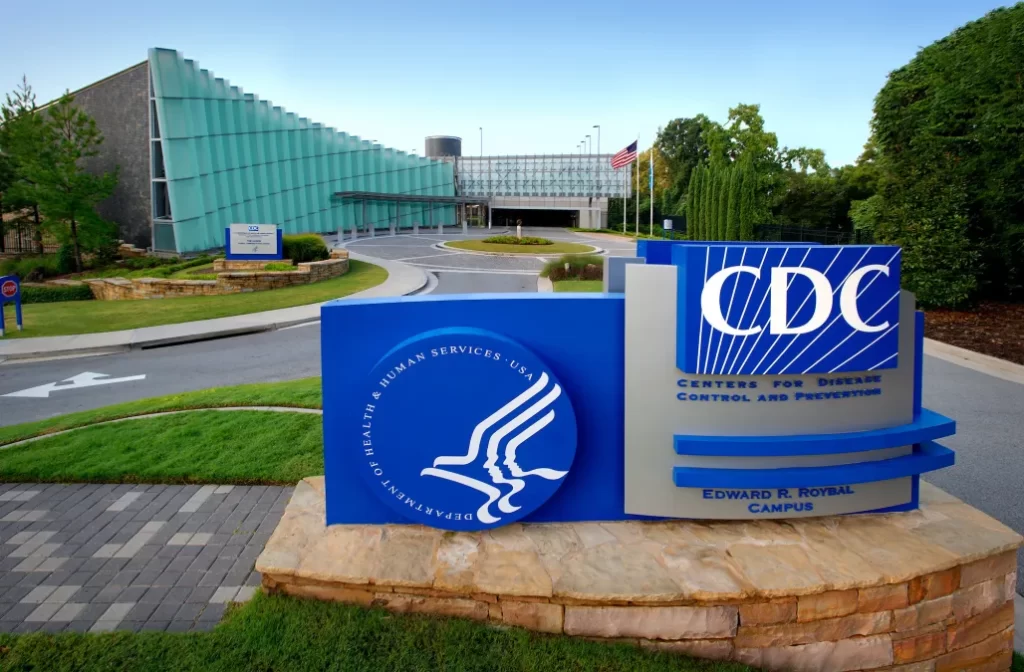
Understanding the Changes to US CDC COVID-19 Isolation Guidelines
The Centers for Disease Control and Prevention (CDC) in the United States is widely recognized for establishing guidelines and protocols to manage and mitigate the spread of illnesses, such as the novel coronavirus. In line with evolving scientific understanding and current health metrics, the CDC has been known to adjust its guidelines accordingly. In one of the more significant changes, the CDC has planned to drop its five-day isolation guidelines for people who have contracted COVID-19.
Why the Change?
The decision to revise COVID-19 isolation guidelines stems from several factors. As more of the population gains immunity through vaccination or previous infection, the risks associated with the virus are re-evaluated. Epidemiological data indicates that the post-vaccination infection typically results in milder cases, especially among those without underlying health conditions. Moreover, the change reflects an equilibrium sought by public health officials between preventing virus spread and maintaining essential societal functions.
What Were the Original Guidelines?
Initially, the CDC recommended that individuals who tested positive for COVID-19 should isolate for 10 days. The guidance was later shortened to five days, provided the person was asymptomatic or their symptoms were resolving, followed by another five days of wearing a mask when around others.
What are the New Guidelines?
The new isolation guidelines, once implemented, are anticipated to place greater emphasis on self-assessment and personal responsibility. Individuals would monitor their own symptoms and make informed decisions on when to isolate and for how long. It’s expected that the role of testing will also be underscored, with a likely recommendation for more frequent use of rapid antigen tests to help inform decisions about ending isolation.
Implications for Public Health
The transition away from mandated isolation periods to self-guided action has significant implications. It requires a public that is well-educated on the symptoms of COVID-19, understands how to effectively use at-home tests, and is committed to acting in the community’s best interest. Public compliance without official mandates could pose a challenge, and the success of the new guidelines would largely depend on the cooperation of the populace.
Potential Concerns
Conversely, there’s apprehension that without clear-cut rules, some individuals might prematurely end isolation, thereby unwittingly contributing to the spread of the virus, especially in high-risk environments such as healthcare facilities and schools. Employers may also face difficulties in establishing workplace policies without uniform guidance.
Final Thoughts
As the CDC plans to update its COVID-19 isolation guidelines, it reflects a shift in approach from a pandemic stance to one more indicative of managing an endemic virus. This move points to a future where living with COVID-19 may involve personal risk assessments and individual preventive actions, rather than stringent governmental mandates. The success of this strategy will heavily rely on the public’s understanding of – and adherence to – basic public health principles. It embodies a cautious optimism that with education, widespread vaccine uptake, and readily available testing, the public can navigate the complexities of COVID-19 collectively and responsibly.



